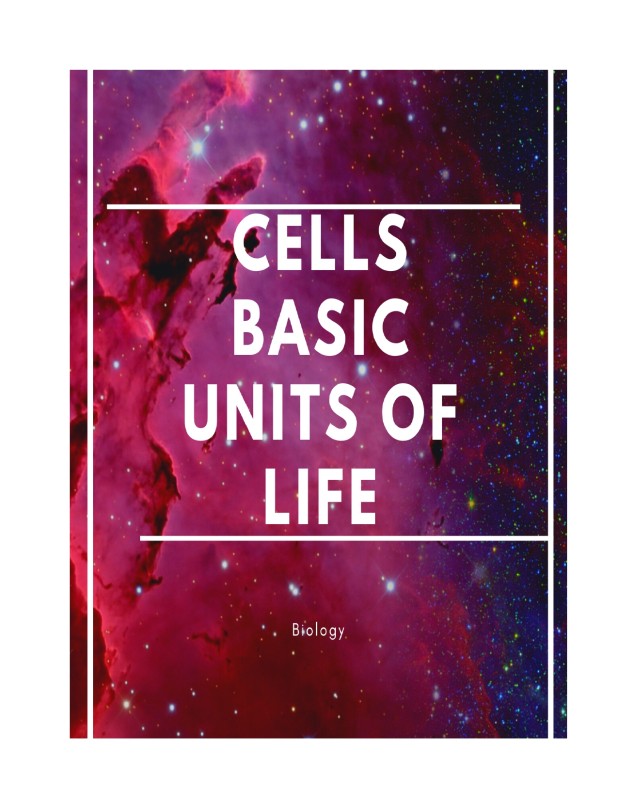CELLS BASIC UNITS OF LIFE
by Shiva Saga | 15-Nov-2023
(0)
Cells are the fundamental units of life, serving as the building blocks from which all living organisms are composed. They are remarkably diverse in structure and function, yet share fundamental characteristics that define their existence. Enclose...
Original
Books
Fastest
Delivery
7-day
Replacement
Book Details
- Language : English
- Pages : 41
- ISBN :
- Genre: ACADEMIC
- Size : 5" x 8"
- Binding Type : PAPERBACK
- Age Group: + Years
- Paper Type : NATURAL SHADE
- Interior : BLACK & WHITE
- Cover : GLOSS FINISH
- Book Type : EBOOK
- Tags : CELLS BASIC UNITS OF LIFE
-
Best Sellers Rank :
#1169 in Academics
#7551 in Global
Reviews
There are no reviews for this product yet.

 USD
($)
USD
($) AUD
($)
AUD
($) CAD
($)
CAD
($) EUR
(€)
EUR
(€) HKD
($)
HKD
($) MYR
(RM)
MYR
(RM) GBP
(£)
GBP
(£) SGD
($)
SGD
($)







